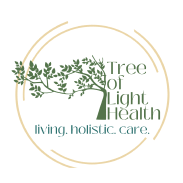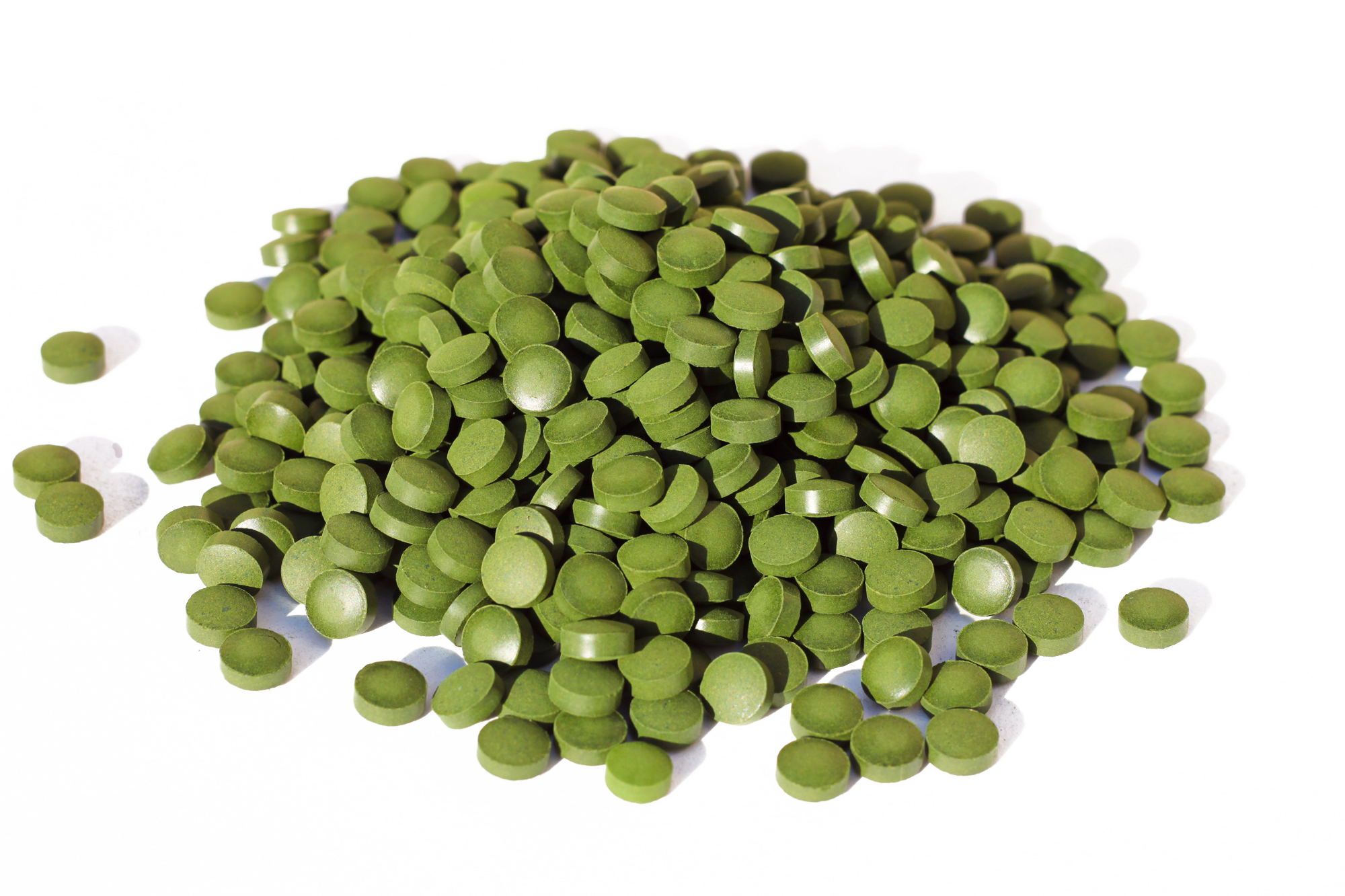Binders are substances that bind up various toxins, typically as they pass through the digestive system, and are a vital part of any detox strategy. While there are many types of binders, coming up with the correct binder for your detox plan is critical for obtaining optimal levels of detox and recovery from chronic illness.
First, some key concepts:
-
There are an estimated 80,000 different chemicals in our food supply. We eat, drink, and breathe toxins every day. Unfortunately, these accumulate over time and contribute to a certain toxicity load over a lifetime. Unfortunately for some who may have compromised immune systems or who may have an inability to clear various toxins due to genetic abnormalities, toxicity can lead to things like autoimmune disease, anxiety, depression, insomnia, hormonal issues, gut issues, and have been linked to the root cause of many of the modern diseases that we know today.
-
If the toxin were to enter into the gastrointestinal tract without encountering a binder it could lead to liver and kidney damage, further compromising one’s ability to detox. To make matters worse, these toxins can get reabsorbed into circulation, causing further damage. This is called enterohepatic recirculation.
-
Taking binders has a key role in the sense that they can bind up these toxins and keep them from entering into circulation, where they can continue to exit safely out in the feces instead of damaging the kidneys and liver.
Did you know? There is a tendency for environmental toxins to harbor themselves in fat cells. Obesity has been linked to various environmental toxicants, otherwise known as ‘Obesogens’ (chemicals that could influence or promote obesity in humans or animals). Therefore, one has to be careful when losing weight as one can release too many toxins too quickly and become toxic.
There are many different types of binders each with affinities for various toxins and possessing individual ionic toxin bonding properties:
Chlorella is a type of algae that has a high affinity for various toxins, especially heavy metals such as mercury as well as various herbicides, pesticides, various organic compounds, glyphosate, and mycotoxins (think of algae that is used to soak up oil spills). Chlorella is an intelligent binder because it does not bind up essential minerals and, therefore, can be taken with food. Keep in mind that there are many brands of chlorella on the market, and you have to be wary of which one you buy as some of them contain contaminants (such as radioactive elements). Therefore make sure that you are getting a good clean source.
-
Pros: can be taken with food. Does not compete with minerals. Can be used long-term.
-
Cons: has to be taken throughout the day. Can be rather expensive. It can lead to digestive issues in some.
Charcoal is a global binder that pretty much binds everything, including good minerals. Therefore, it has to be taken on an empty stomach. Recommended only for short-term detox
-
Pros: cheap and readily available.
-
Cons: it has to be taken on an empty stomach. It can cause constipation in some. It can only be used short-term.
Modified Citrus Pectin: This substance comes from the peel of citrus fruits. It has a remarkable binding capacity for many toxic substances, including heavy metals (especially lead).
-
Pros: It has many other properties, including immune regulation, biofilm/fibrin dissolving, modulation of inflammation (through lowering of Galectin-3), prevention of cancer, and many other health benefits. It can be taken with food.
-
Cons: It is relatively expensive when compared to other binders (however, when considering its other health benefits, strongly consider this as a long-term detox strategy.)
NOTE: there are various manufacturers on the market claiming to have lower pricing; however, an optimal manufacturing process is critical to ensuring good quality. Therefore, select your product wisely- we have found that only practitioner-based MCP is of the proper quality.
Humic and Fulvic Acids: these are compounds that are made from ancient beds of decomposing plant materials. They generally have a broad-spectrum binding capacity and can even bind chemicals such as glyphosate. Humic and fulvic acids have been shown also to improve exercise tolerance and endurance. Be aware that there are many of these types of products on the market; however, there are some advanced formulations (aka ‘carbon technology’ but only available through practitioners) that have very low toxicity profiles and have the ability to deliver raw materials such as carbon, hydrogen, and oxygen as well as detox the cell at the same time. This is a huge benefit!
-
Pros: They also contain various minerals and other beneficial substances, such as proteoglycans for cellular health. Can theoretically be taken with food. Does not bind beneficial minerals. Relatively cost-effective. Advanced formulations have a very high binding capacity while delivering critical raw material for cellular and mitochondrial health (therefore, you’re getting both the detox effect and acellular health effect at the same time).
-
Cons: some contain harmful contaminants. Make sure you get a certificate of analysis.
Fibers: believe it or not, there are fibers that have the ability to provide gentle detox. In fact, some who cannot tolerate various binders, especially those who are mold-sensitive, can benefit from fibers such as glucomannan/konjac root.
Pros: cheap and readily available
Cons: certain fibers find certain toxins, which can be tricky. They cause diarrhea in some. Relatively weak in terms of bonding capacity
Cholestyramine and Welchol. Popularized by Dr. Richie Shoemaker, MD, these anti-cholesterol drugs have a high affinity for various toxins, especially molds and mycotoxins. Cholestyramine comes in powder form as the strongest binder known for mold and mycotoxins. If unable to tolerate cholestyramine, Welchol, in pill form, is generally better tolerated but has a lower binding capacity.
-
Pros: a proven fast and effective binder in mold cases. In many cases, it can improve brain fog and fatigue associated with mold illness in a matter of weeks. May have the dual effect of lowering cholesterol and detoxing from mycotoxins.
-
Cons: most experience an unpleasant taste and gritty consistency when mixed with water. A prescription-based medicine, so it could be hard to get for some. Known to cause constipation and gastric upset; however, this can be resolved if taken with various fibers. Can lower cholesterol. Monitoring is needed.
Chitosan: A fibrous compound derived from crustaceans with a binding ability almost identical to Welchol.
-
Pros: some reports of lowering cholesterol
-
Cons: may lower important fat-soluble vitamins.
Clays (Bentonite and Prophyllite) and Zeolites: these are great for various mold and mycotoxins as well as other toxins and heavy metals. The ability of various clays to bind toxins falls somewhere between chlorella and charcoal. It is generally recommended not to use clays for long-term detox.
-
Pros: relatively cost-effective to obtain
-
Cons: have a gritty taste. Stay mostly in the G.I. tract. Cannot be taken with food and can bind up other important minerals and nutrients. May cause constipation.
NOTE: The type of zeolite is important as zeolites contain various forms of aluminum. If the right ratio of zeolite to aluminum is not contained, one can potentially get toxic from aluminum when taking various zeolites.
Liquid zeolites (Clinoptilolite Zeolite): These are specially formulated zeolites that have the ability to get inside the cell and bind various toxins, chemicals, and heavy metals. Because they have the ability to get inside the cell and provide cellular detox (versus just staying in the gut like regular clays), they have the ability to provide systemic detox, which is a breakthrough in binder technology. Also, they lack the gritty consistency of regular clays and are much more tolerable to ingest.
-
Pros: provide easy-to-ingest system-wide cellular detox. Generally, well tolerated.
-
Cons: because of the advanced technology and careful manufacturing to ensure high quality, these zeolites are relatively expensive.
BEWARE: Some have claimed that various zeolites can exacerbate neurological conditions such as autism due to their aluminum content. We have found that very specific proprietary manufacturing processes must be used to produce high-quality zeolites, which are only available through practitioners. Always ensure you are buying high-quality zeolite from a reputable manufacturer and are provided with a certificate of analysis.
Intestinal Metal Detox (IMD): A specially designed silica molecule with a very high affinity for heavy metals, especially Mercury.
Enterosgel: A silica-based gel that has a high affinity for aluminum. It is also good for binding to gut endotoxins and is marketed to be used for food poisoning. It has a low affinity for vitamins and minerals.
Biosil and Other Silica Products: silica can be found naturally in certain waters.
Biosil has a particularly high amount of silica and binds mostly to aluminum and other trivalent metals like thallium and tin.
There are many variations of different binders on the market and different combinations to achieve appropriate levels of detox. Traditionally, various functional medicine tests can reveal one’s level of toxicity, and based on these reports, one can choose various binders to detox the system most efficiently. However, in our experience, we have found that we need to go a step further to identify the correct binder using advanced biofeedback techniques such as the autonomic response technique. Different binders may be needed at stages of the wound-healing journey and in different concentrations along the way to make things more complicated. This way, we can design a precision detox program for specific patient needs.
For more information, please contact our office.



